How to leave a dog alone in the house without it getting stressed, by training expert Ben Randall
With millions of people heading back to the office more regularly, leaving a dog on its own is more common — and it doesn't always go well. Ben Randall explains what you can do to help.
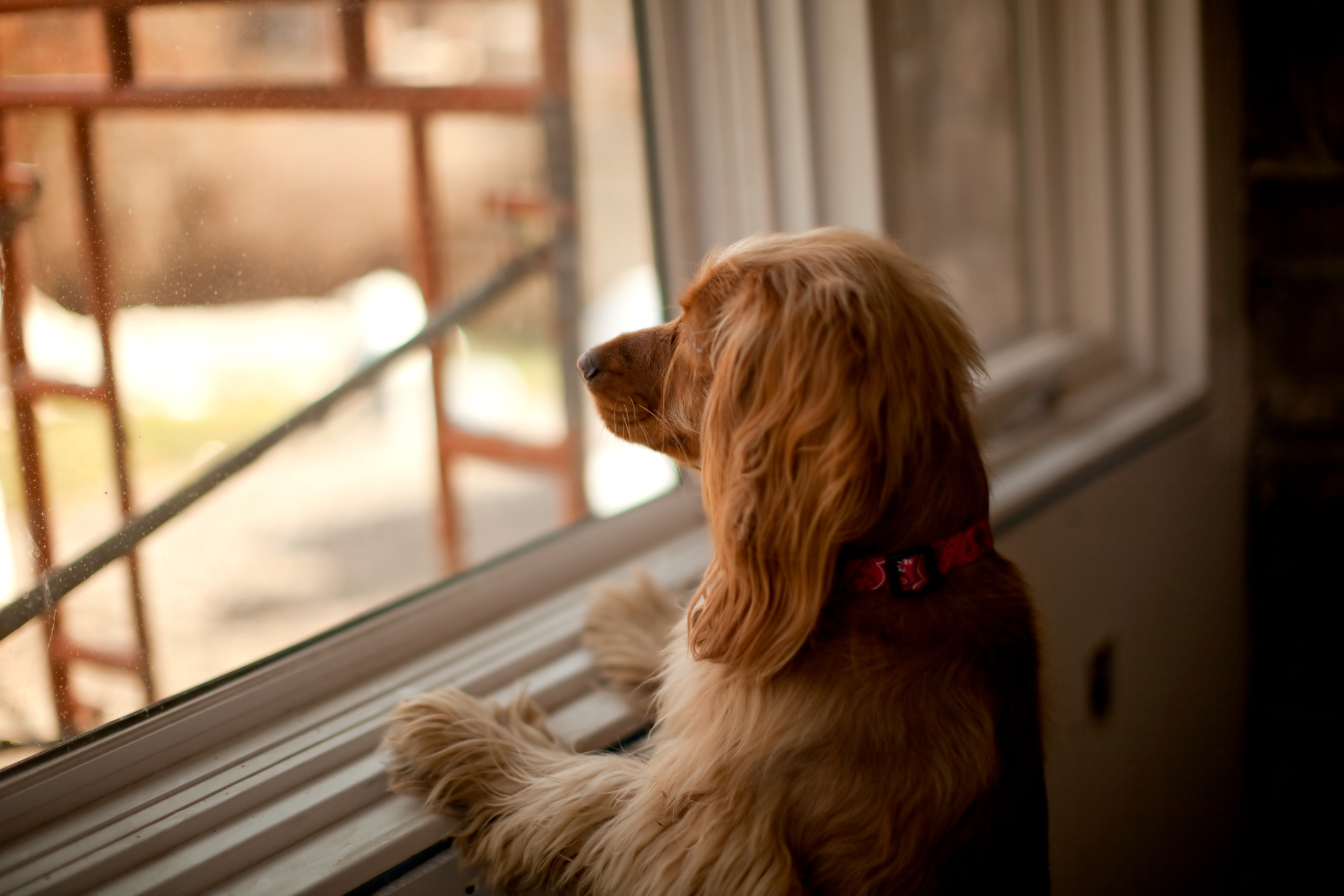

When the pandemic hit, millions of people found themselves and home for months on end — and went out and bought pets. Over three million households decided to get a pet for the first time, many of them getting dogs. For the vast majority it's been a wonderful, positive, life-enhancing experience.
Now, though, the pendulum is swinging back the other way and many people are back in the office a few days a week. For dog owners, that can mean leaving their relatively-new pet alone for much longer spells than they've ever experienced in the past, and that can create a few problems. That's the situation faced by this week's reader, who emailed paws-for-thought@futurenet.com with this question:
'Hi Ben, My dog is getting increasingly stressed and worried when I leave it alone in the house. I've spent most of the last couple of years working from home, but a role change now means I have to be back in an office a couple of days a week, and my two-year-old labrador is getting stressed when I leave him. How can I help him adjust?' — JM, Hertfordshire
The bottom line here is that you've spent so much time with your dog that they've become needy and reliant on our company. It's not uncommon in this situation to hear of dogs barking or yapping for hours, chewing furniture and clothes or peeing in the house having previously been completely reliable.
But there's good news. I've been using my Beggarbush methods to train dogs for decades, and I know that by making a few simple changes, and easing your dog into a new pattern more gently, you can solve this problem.
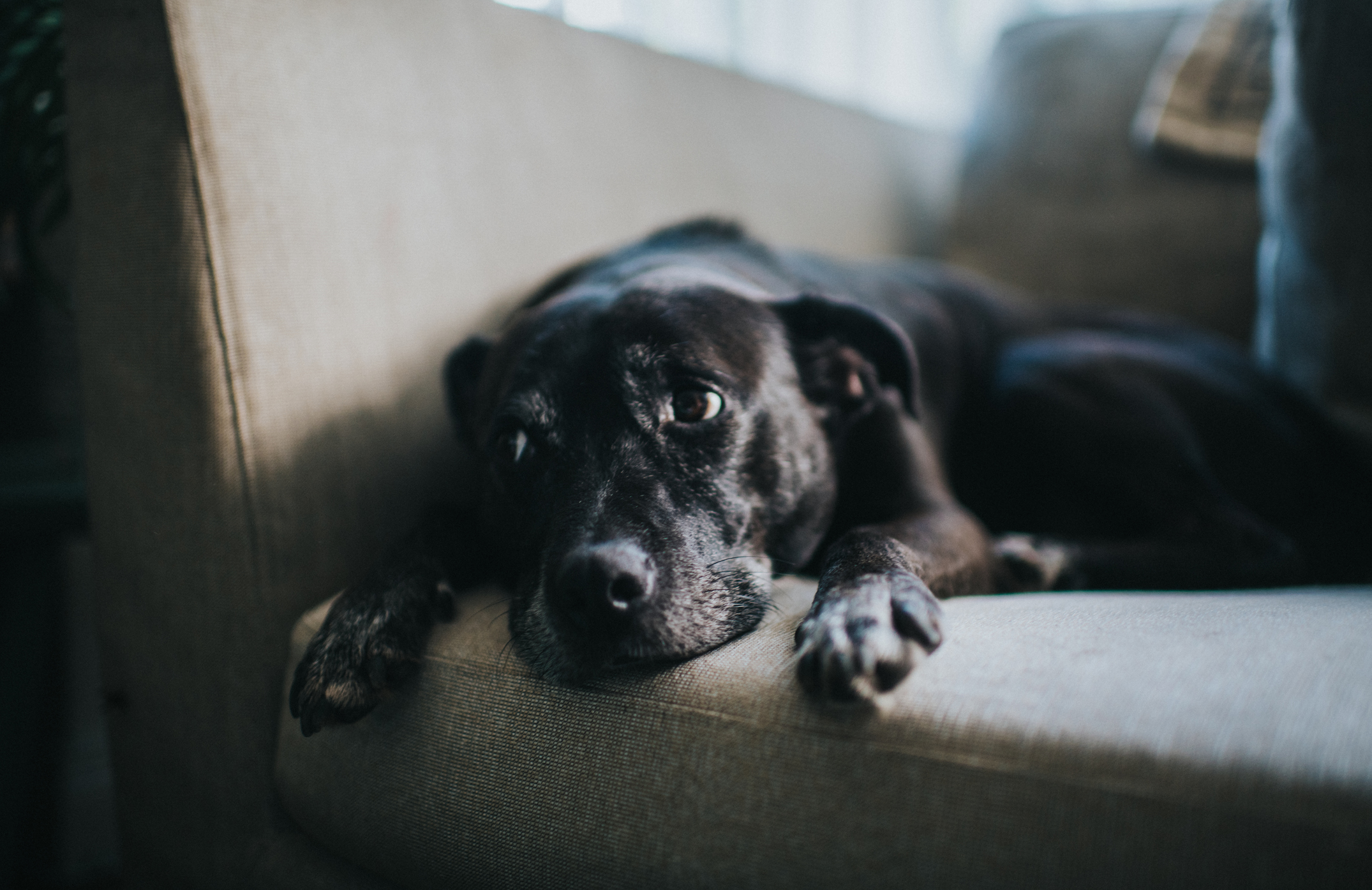
How to stop a dog getting stressed when it's left alone in the house
1. Start getting the dog used to separation while you're still about
The moment you even start thinking about going to be back in an office more regularly, you need to start getting the dog used to being alone — even while you're still at home. Get used to spending time in different room to your pet, and (as we'll see in step two) set up a space in the house where your dog can spend quiet time.
2. Create a safe, calm, comfortable space for your dog
The biggest step is to create a calm, relaxed, quiet place for your dog to go — ideally in a secluded area of your home without people coming and going. A dog crate is ideal, but I'll often I’ll put a talk radio station on quietly in the background. You should also give the dog a chew that he loves, and make it something that he only has in that environment.
When I take the dog to this area, I pop the radio on, get the chew out and put the dog in its crate, and initially make sure to close the door. Then, once he's occupied, discreetly leave the room with minimum fuss. We want your dog to be calm, happy and looking forward to chilling out in this area. He'll be thinking 'I can listen to the voice, enjoy my chew, and I know mum or dad will be back shortly.'
Sign up for the Country Life Newsletter
Exquisite houses, the beauty of Nature, and how to get the most from your life, straight to your inbox.
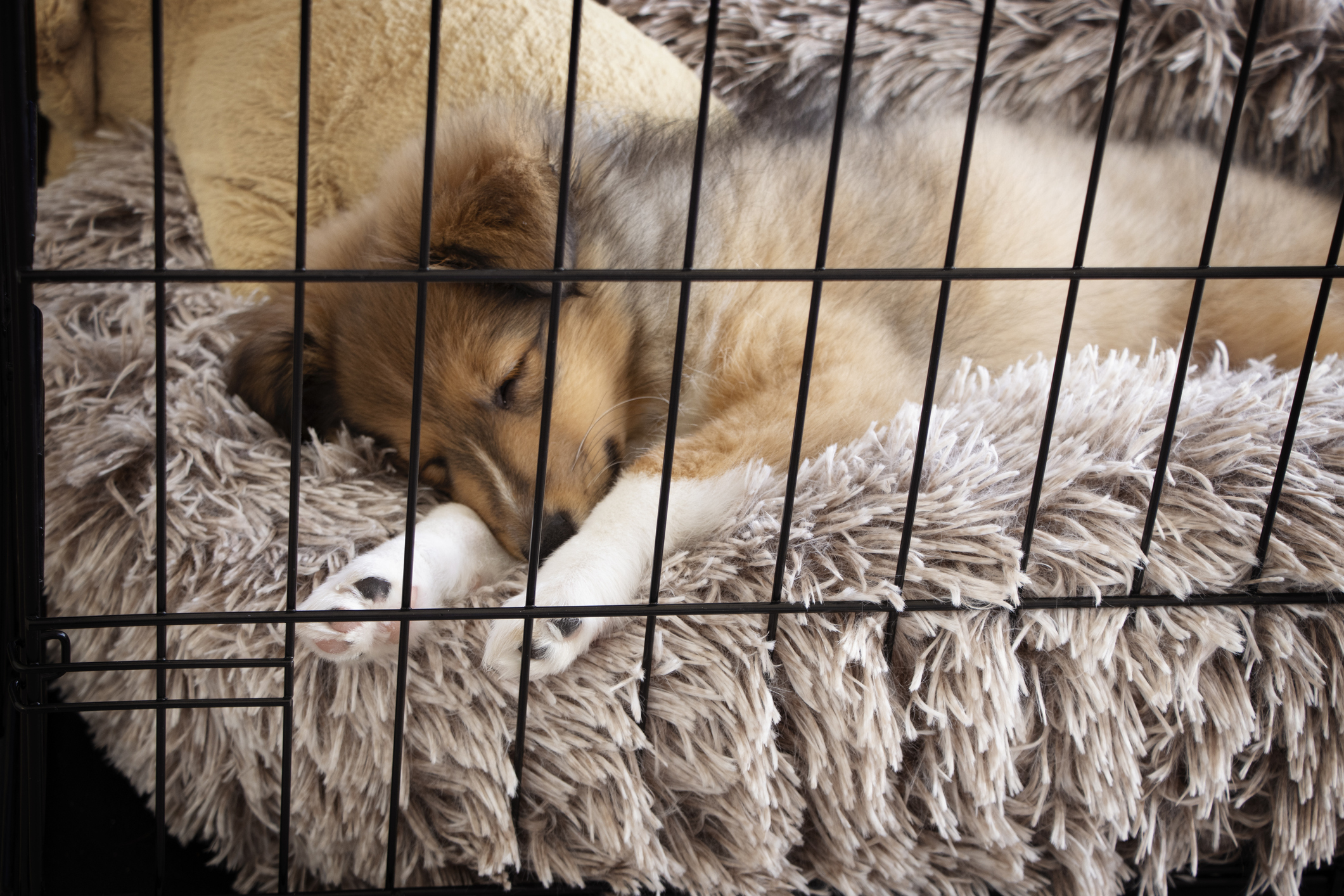
3. Start small and build up
Start off with short periods away — even if it's only a few minutes at first, it'll help your dog getting used to being in its own company. Very quickly you should find leaving them for 20-30 minutes is fine — after that, walk back in, turn the radio off, remove the chew, and then take your dog to go to the toilet. After the toilet break, I’m happy for them to hang around with me again — but very often I find that when I get back in from the loo break they take themselves back to their space.
That's a good sign: it means your dog is ready to build up to longer periods away from you. Don't worry about their bladder even once you get to two or three hours — remember that your dog can go all night without needing the toilet.
4. Don't try to power through if your dog reacts badly
What if you put the dog away in its space and it carries on whining or barking? Your dog isn’t happy to be there, and he or she will be seeing the crate almost as a punishment area – absolutely not something we want. You may have to rethink how or where you've set it up.
5. Keep regular spells of separation, even when you don't need to be away
Don't just go through this process on office days — do it regularly, in the day and in the evening. I often find after a week or two that my dogs start taking themselves to their safe space of their own volition. And there's another benefit too, once they’re happy, settled and everything is working, going to plan: there are times when you would want your dog with you, in the lounge or kitchen or elsewhere — and you'll find that if you begin to give them the chew from their safe space elsewhere, they'll associate it with being calm and relaxed whenever you give it to them.
6. A few hours is fine — but don't leave your dog alone all day
Don't expect to leave your dog all day while you head into the city to go to work — I'd always suggest four hours as the maximum, even if you're leaving a dog outside in a secure run or kennel area. If you have to be away all day, make sure a neighbour or a dog walker comes in to say hello to them, let them go to the toilet or give them some exercise.
For more detailed advice about Ben Randall’s positive, reward-based and proven BG training methods, one-to-one training sessions, residential training or five-star dog-boarding at his BGHQ in Herefordshire, telephone 01531 670960 or visit www.ledburylodgekennels.co.uk
For a free seven-day trial of the Gundog app, which costs £24.99 a month or £249.99 a year, visit www.gundog.app/trial
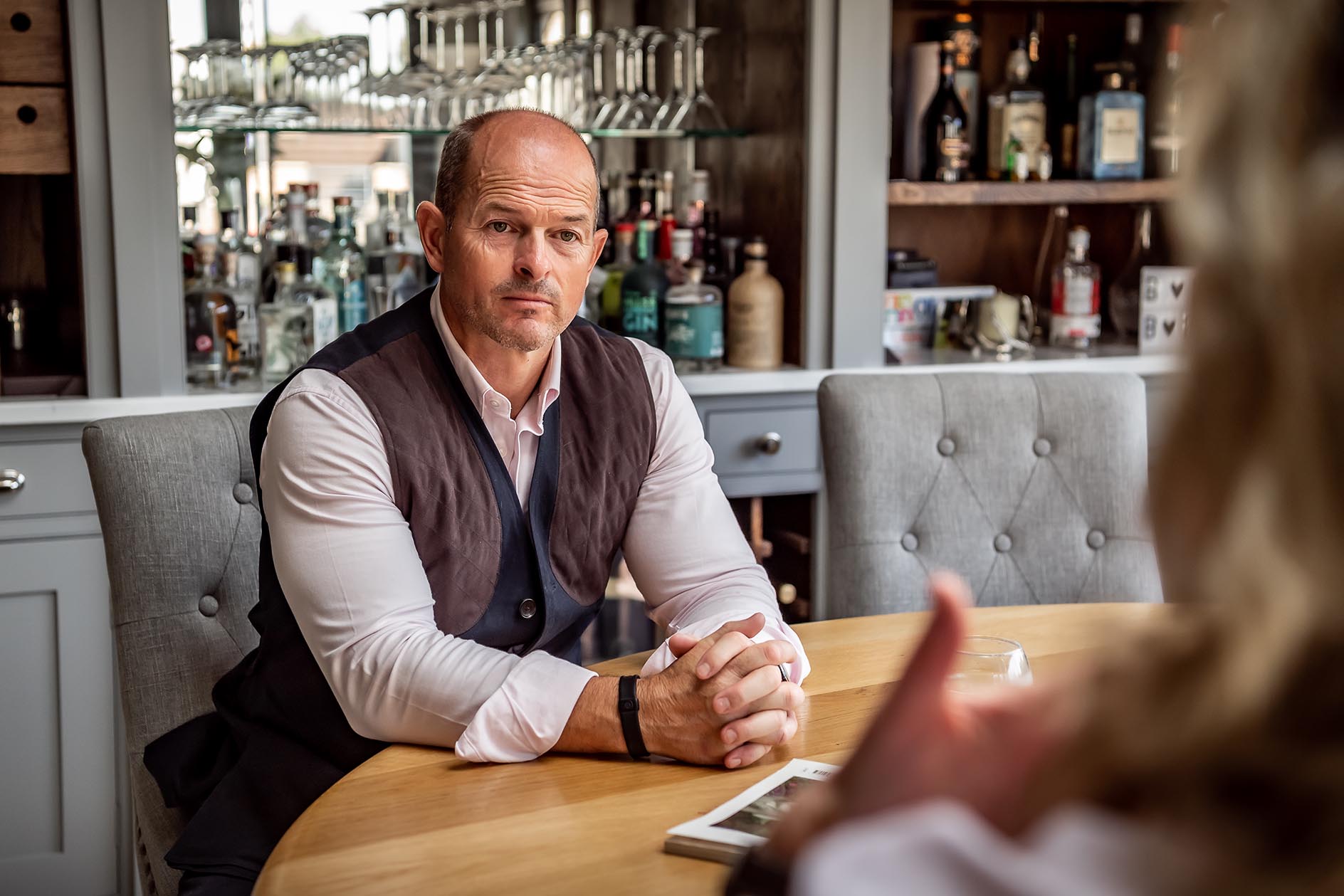
Ben Randall: Ask Country Life's canine agony uncle a question about your dog
Over the past two years our award-winning dog trainer Ben Randall has been sharing his advice with Country Life readers.
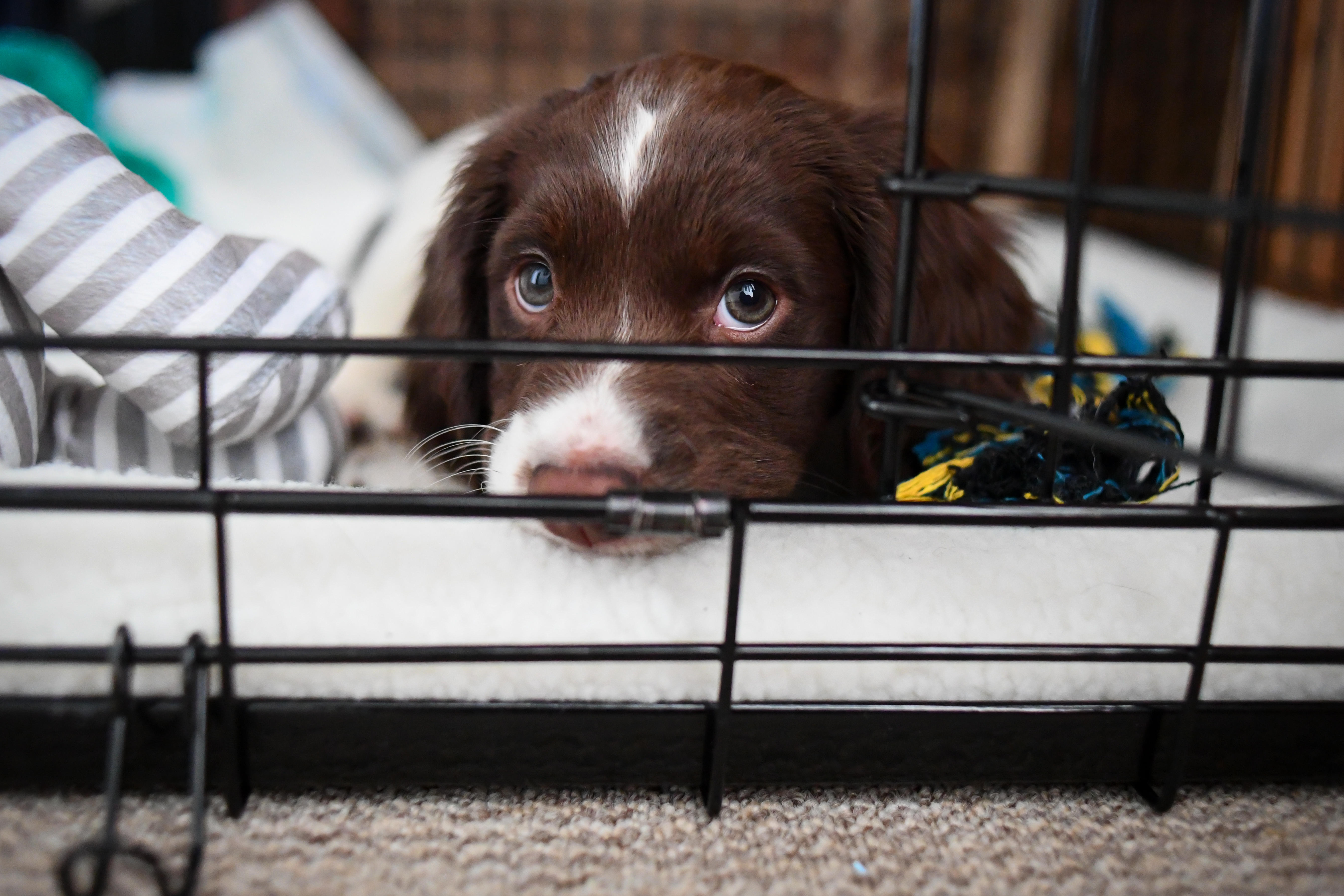
Crate training a puppy: Six tips from expert dog trainer Ben Randall
Puppy crate training can be tricky, yet it can pay dividends in all sorts of ways — even making puppy toilet
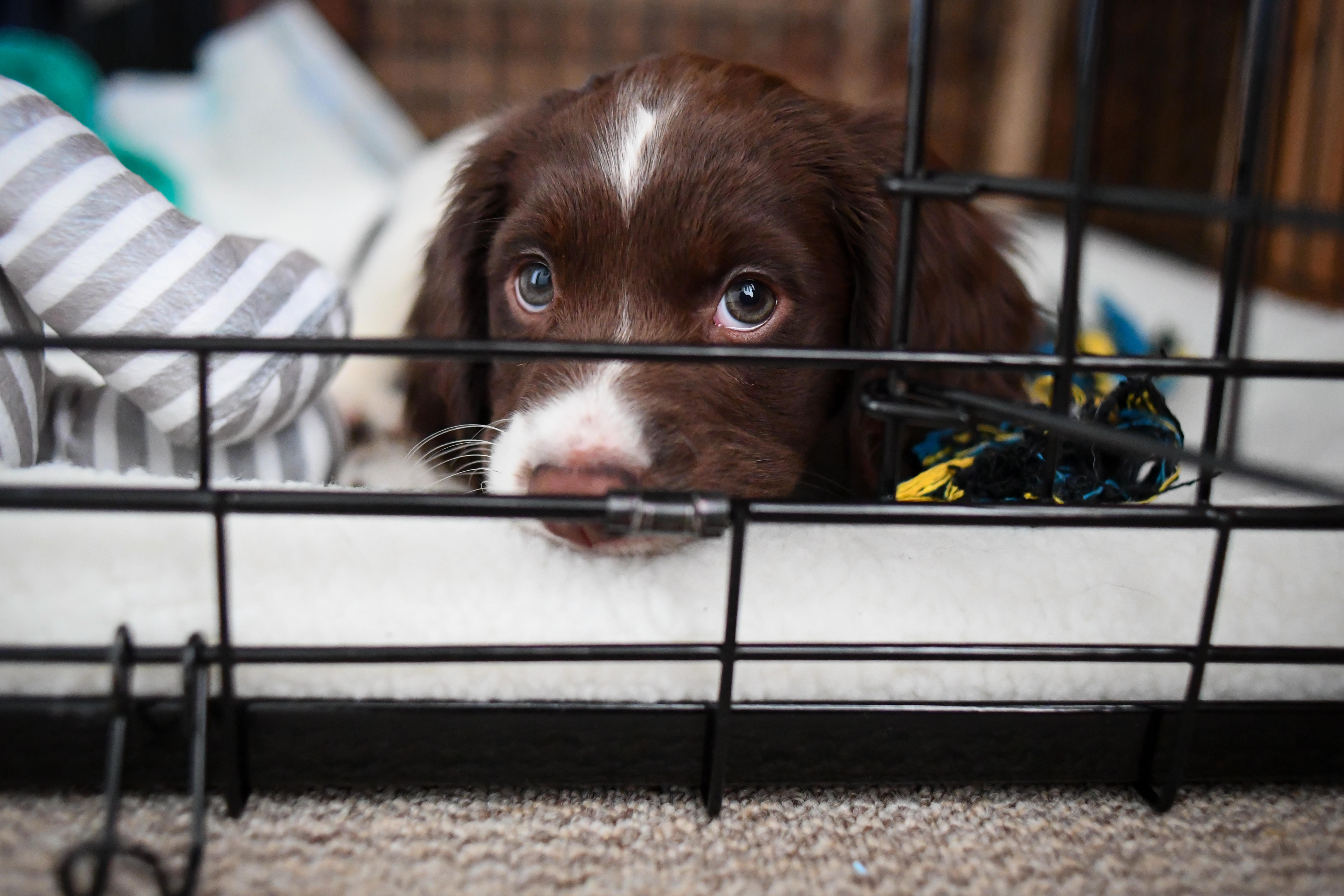
Credit: Alamy
How to stop your puppy crying at night, by dog training expert Ben Randall
The heartbreaking whimper of a puppy calling for you will tug on the heartstrings like few other things, but you
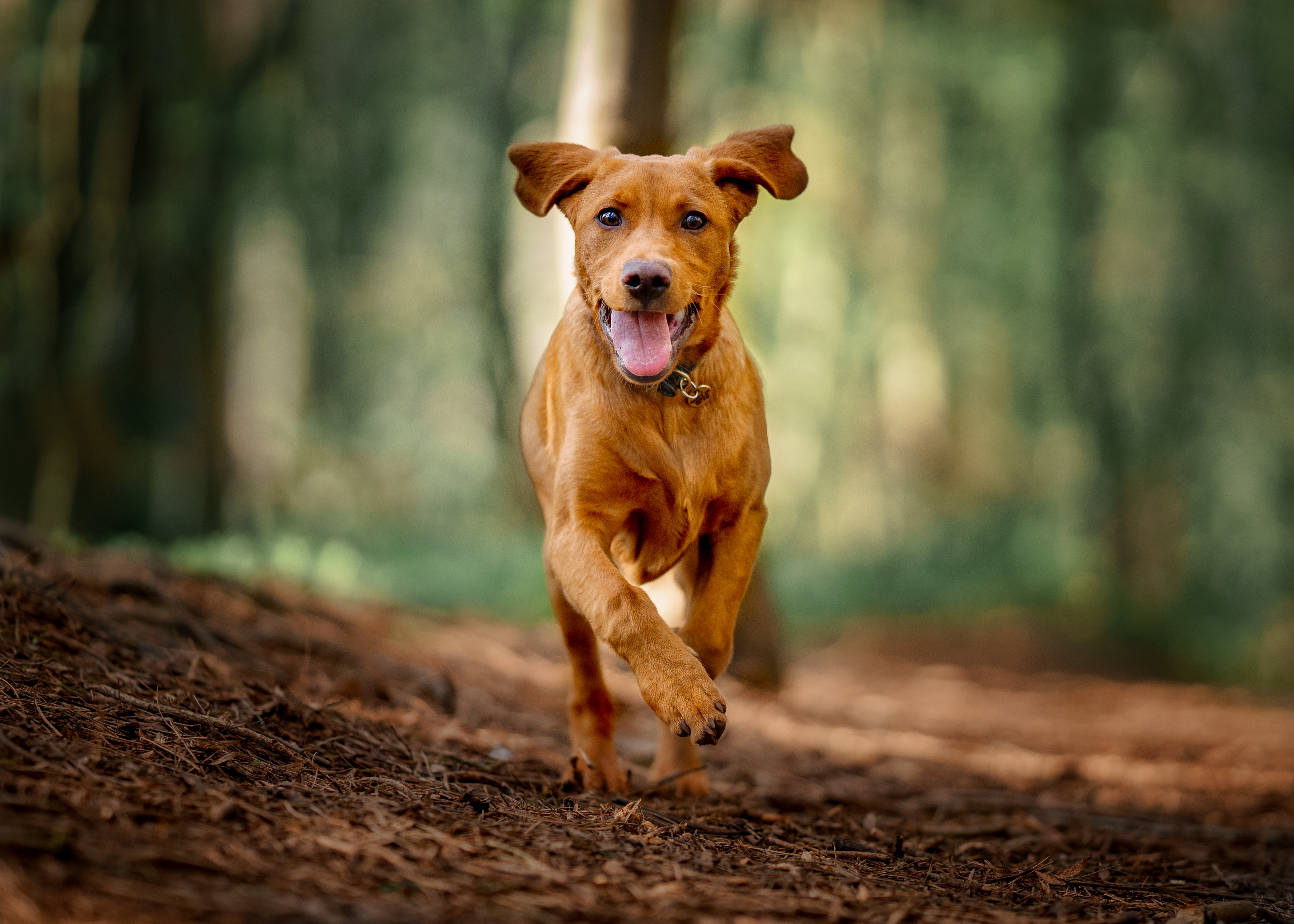
Credit: Getty Images
Dog recall training: Six tips from champion dog trainer Ben Randall
Training your dog is not easy — and with the huge recent rise in dog ownership, it's never been a better
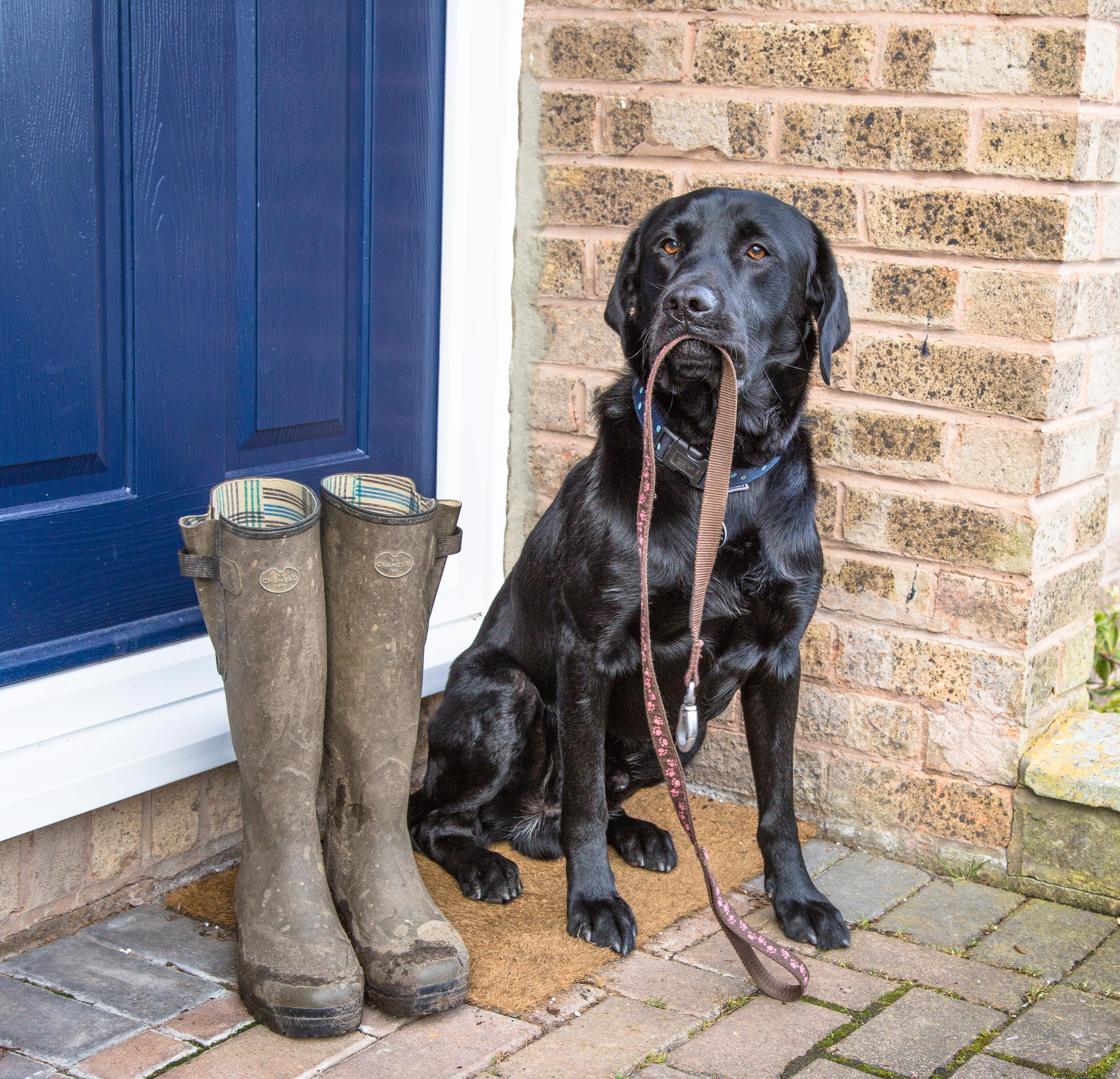
Credit: Ros Crosland / Alamy
Dog lead training: How to introduce the lead to your four-legged friend, by champion dog trainer Ben Randall
Introducing the lead to your dog can be tricky, but with a consistent routine you'll build positive associations that will
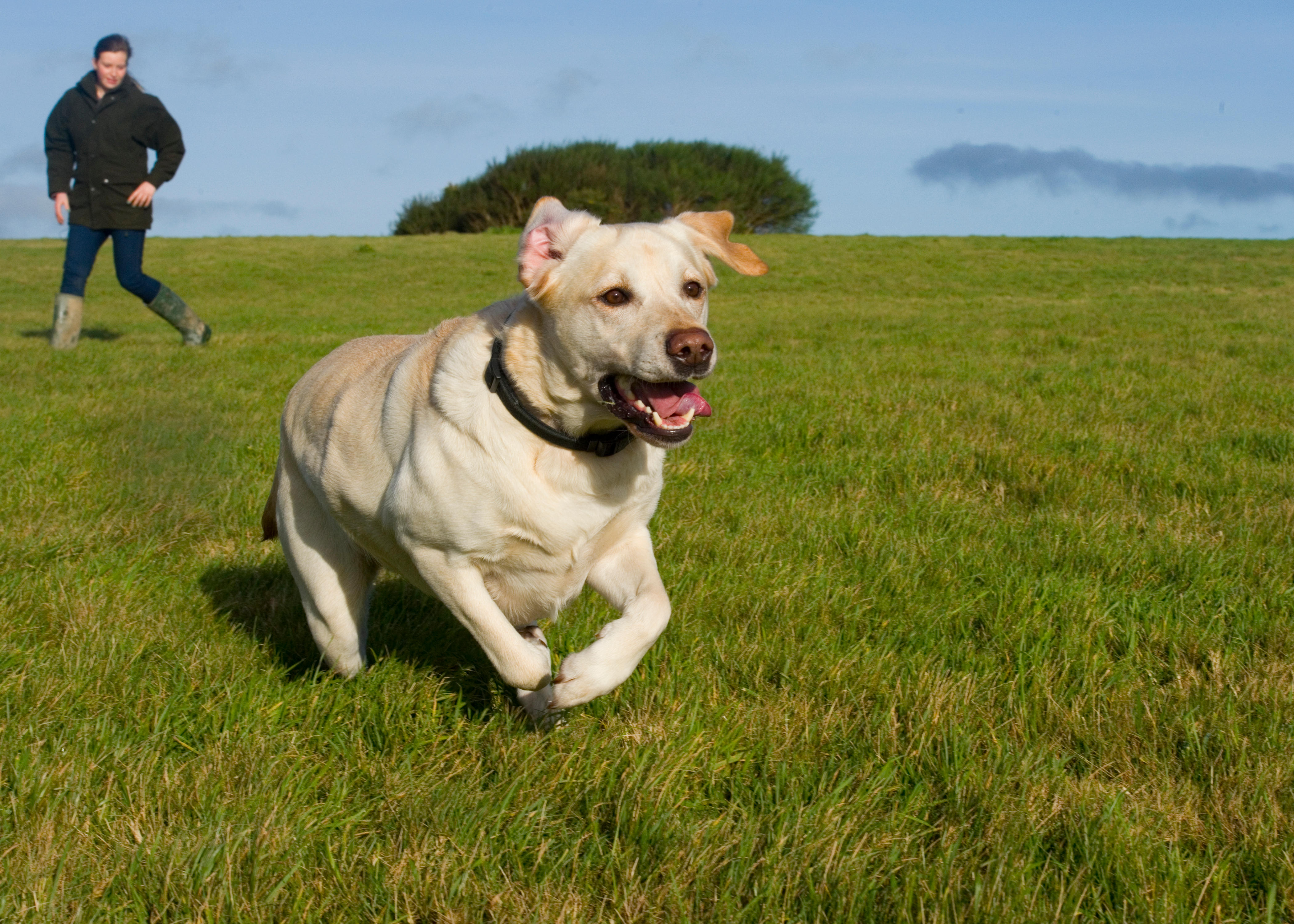
'Every time I got near my dog, she ran off with the fish!' Ben Randall on how to train a disobedient dog
Some dogs quickly pick up the basics of training — yet somehow only respond seven or eight times out of ten.
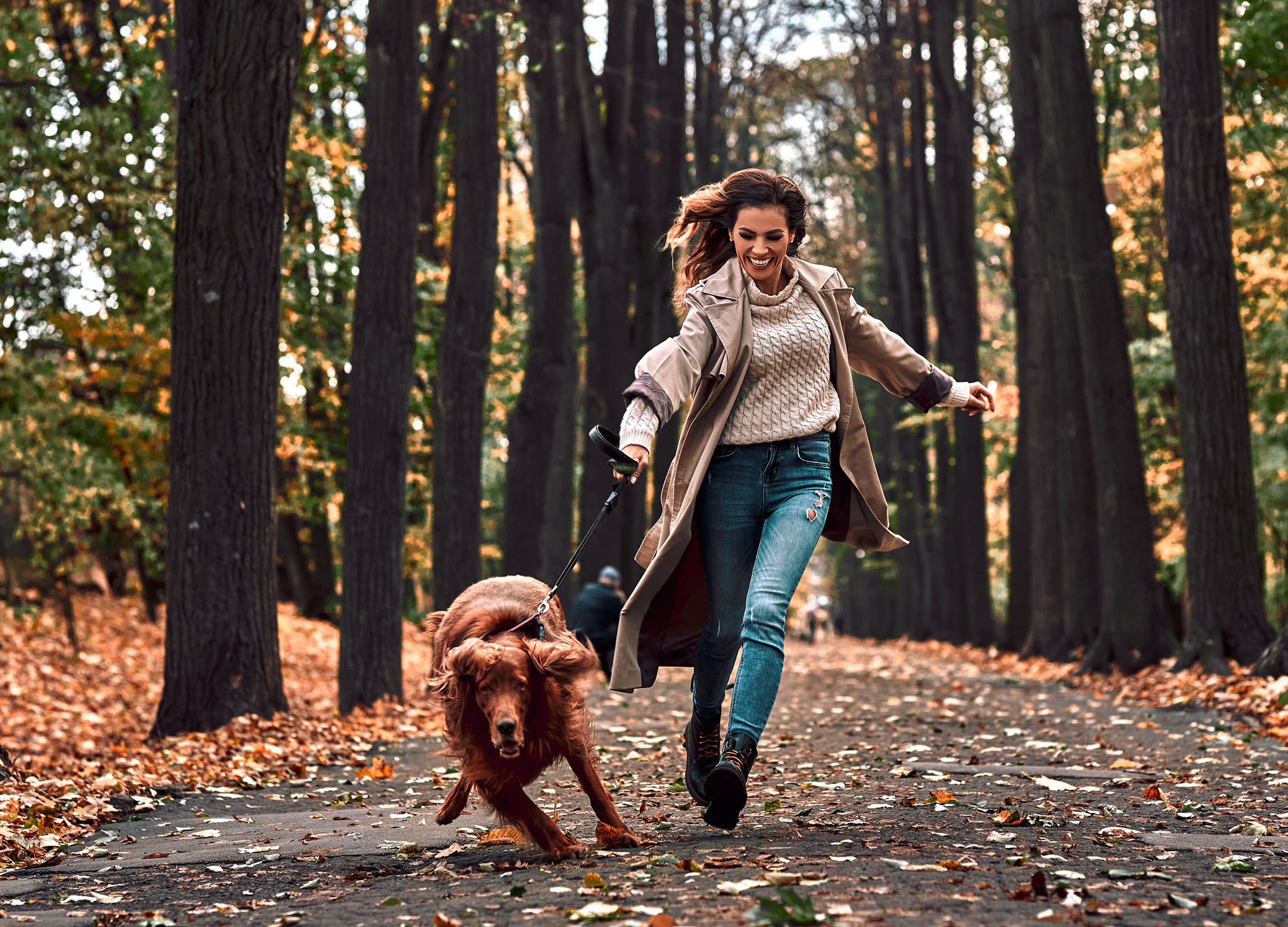
Credit: Getty Images
How to get your dog to walk to heel
Teaching your dog to stop pulling on the lead takes work, but it’s an important step in training that will
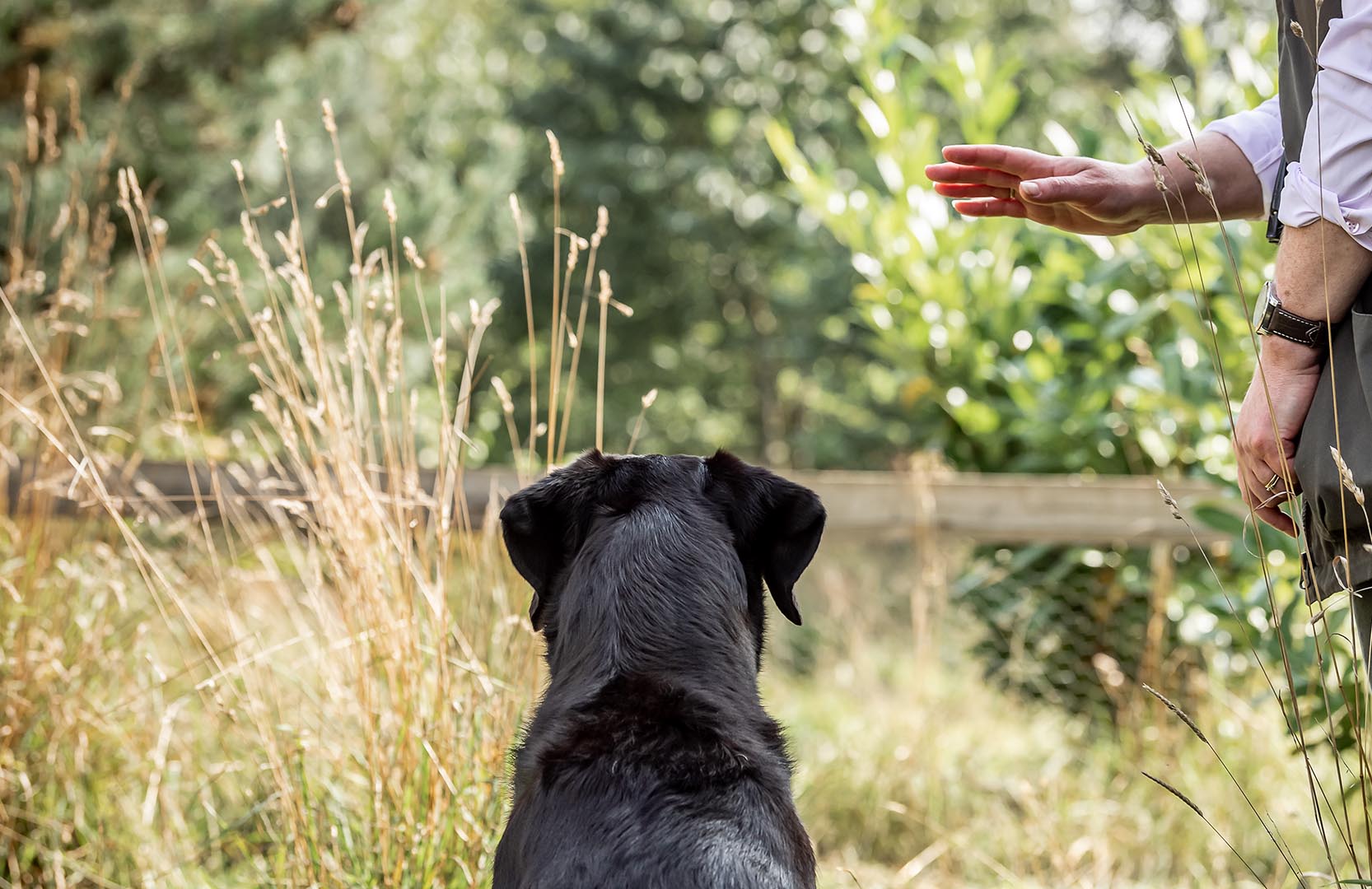
The champion dog trainer with a game-changing method who can teach any dog new tricks
Award-winning dog trainer Ben Randall — who looks after the dogs for everyone from David Beckham to Gordon Ramsay — happened
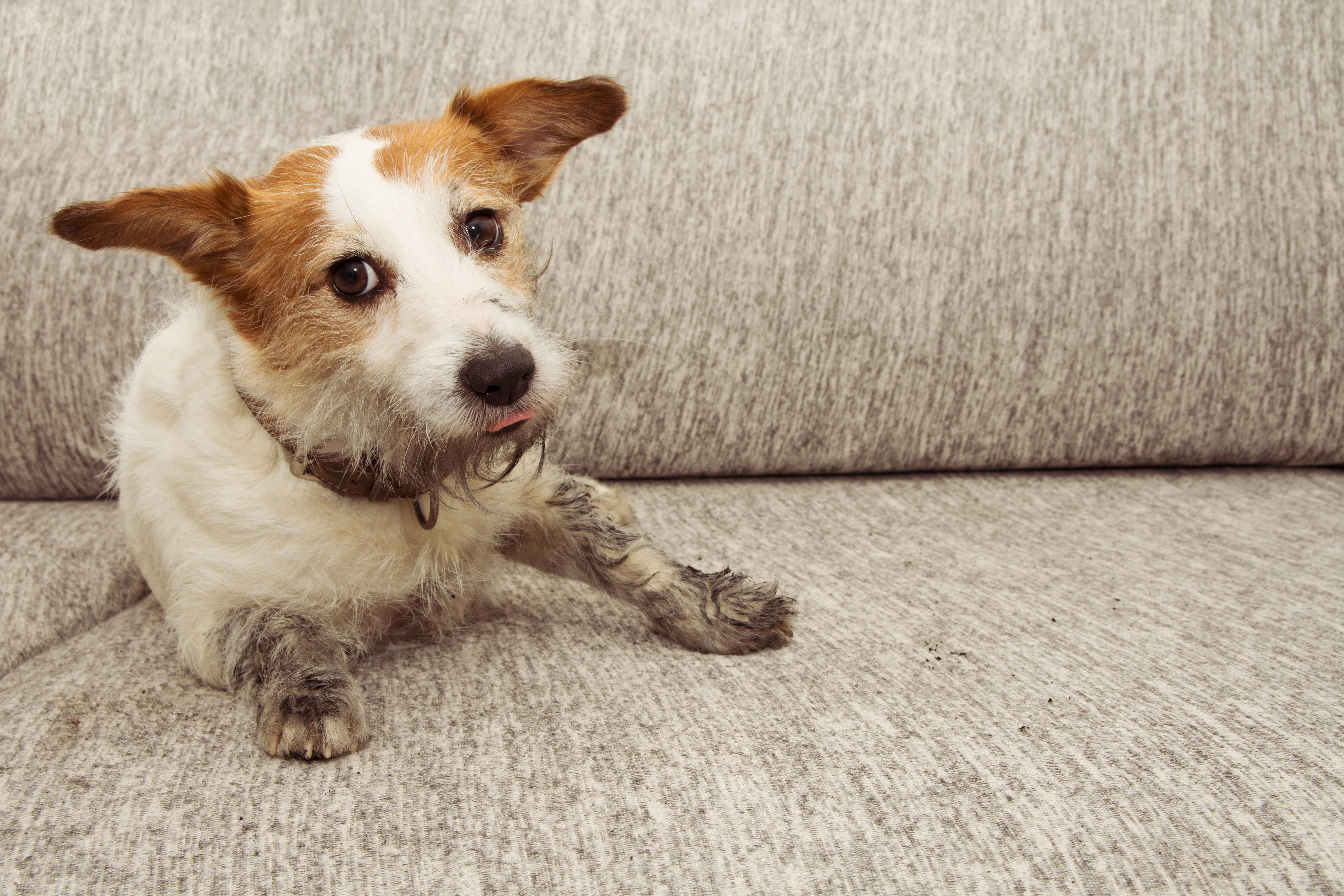
Credit: Alamy
How to keep a dog off the sofa, by top trainer Ben Randall
Fed up with Fido leaping onto the furniture — whether it's your sofa, armchair, or your bed — whenever he
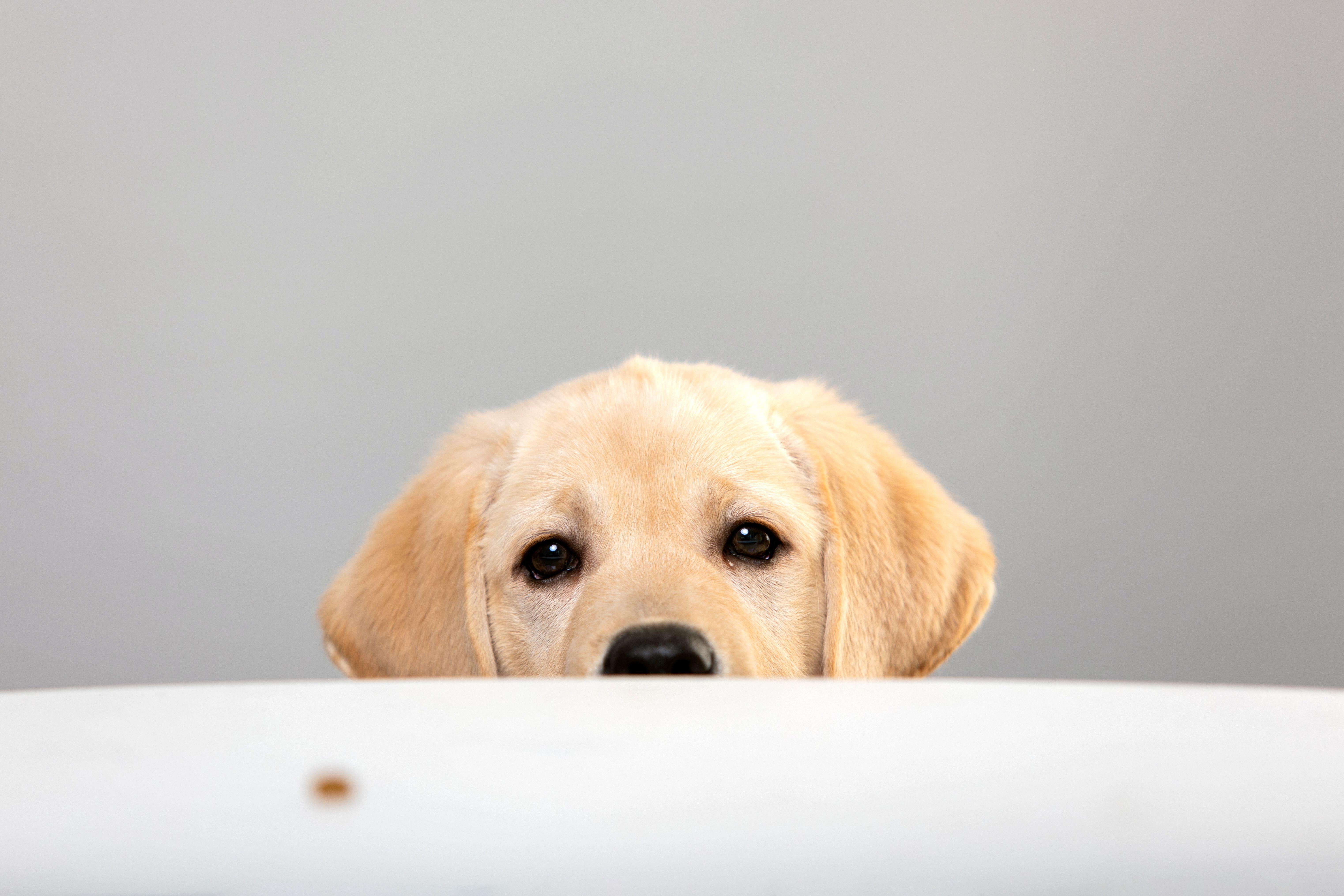
Credit: Alamy Stock Photo
How to stop your dog begging for food at the table, by expert trainer Ben Randall
Dogs begging for food around mealtimes can be adorable up to a point — but what happens when the charm wears
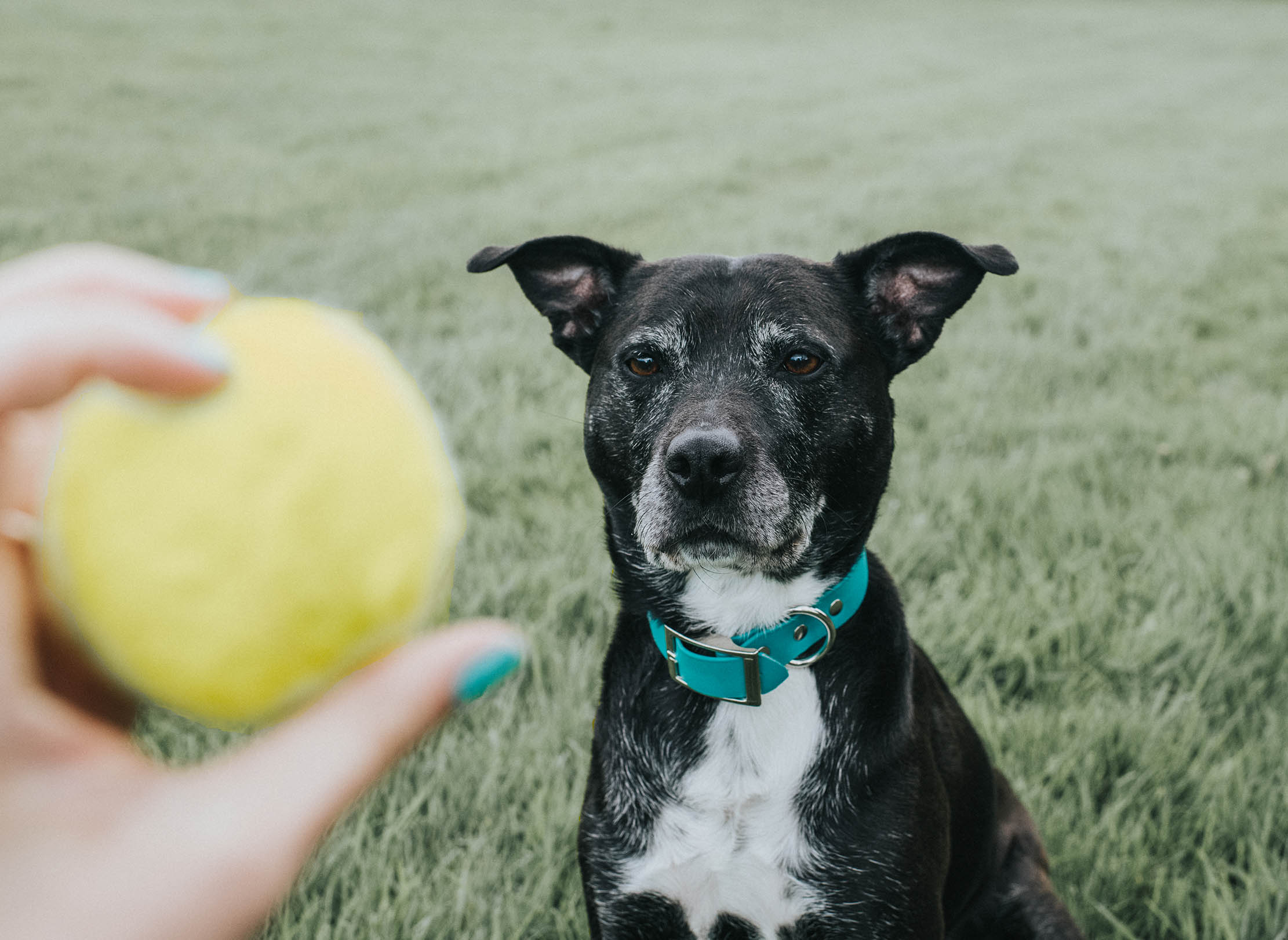
How to get your dog to play fetch, by expert trainer Ben Randall
There are plenty of dogs who'll run all day playing fetch, or who'll do anything for a bit of kibble.
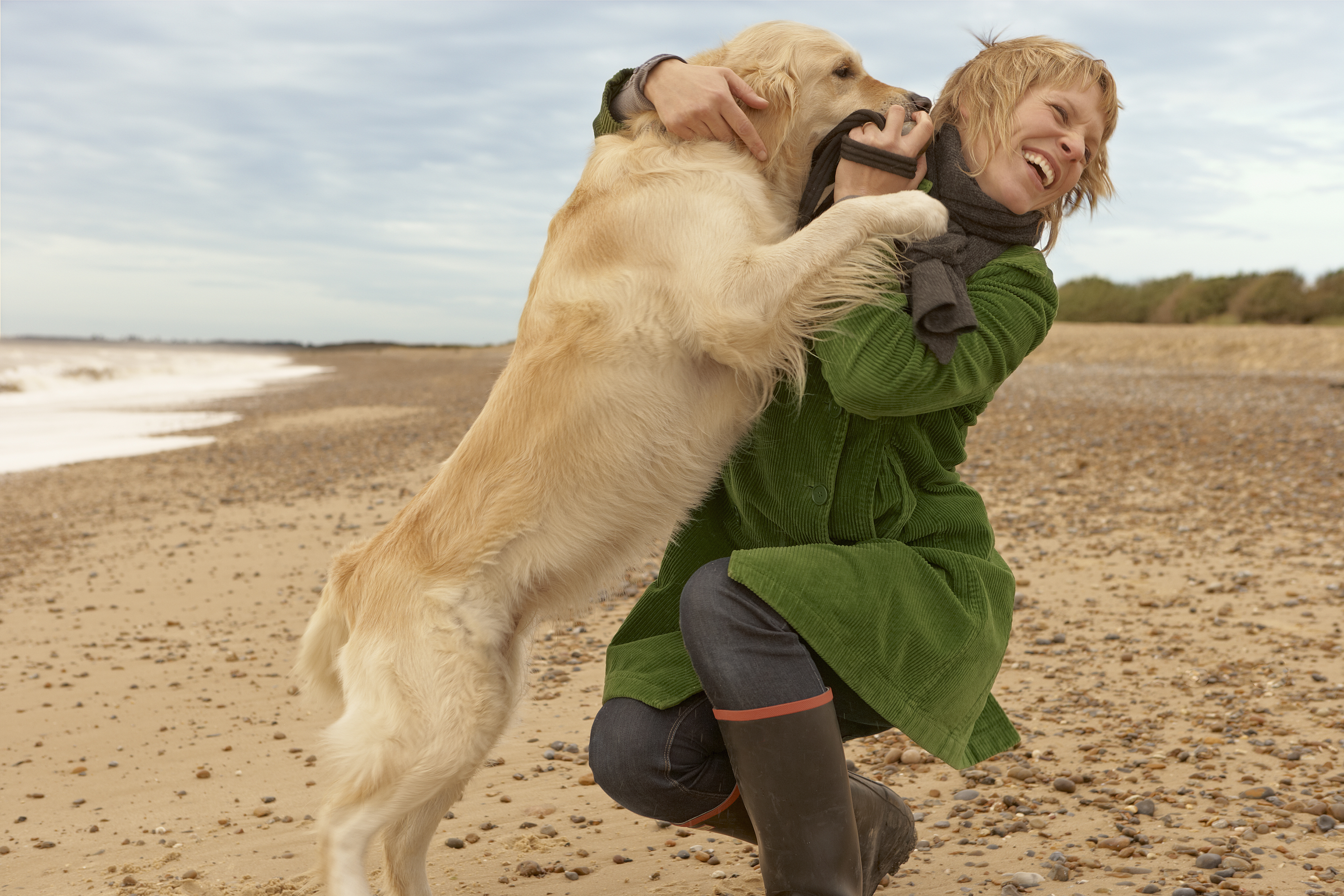
How to stop your dog jumping up, by expert trainer Ben Randall
It’s easy to dismiss our dogs’ love of jumping up on us — and other people — as friendly boisterousness,
-
 Two quick and easy seasonal asparagus recipes to try this Easter Weekend
Two quick and easy seasonal asparagus recipes to try this Easter WeekendAsparagus has royal roots — it was once a favourite of Madame de Pompadour.
By Melanie Johnson
-
 Sip tea and laugh at your neighbours in this seaside Norfolk home with a watchtower
Sip tea and laugh at your neighbours in this seaside Norfolk home with a watchtowerOn Cliff Hill in Gorleston, one home is taller than all the others. It could be yours.
By James Fisher
-
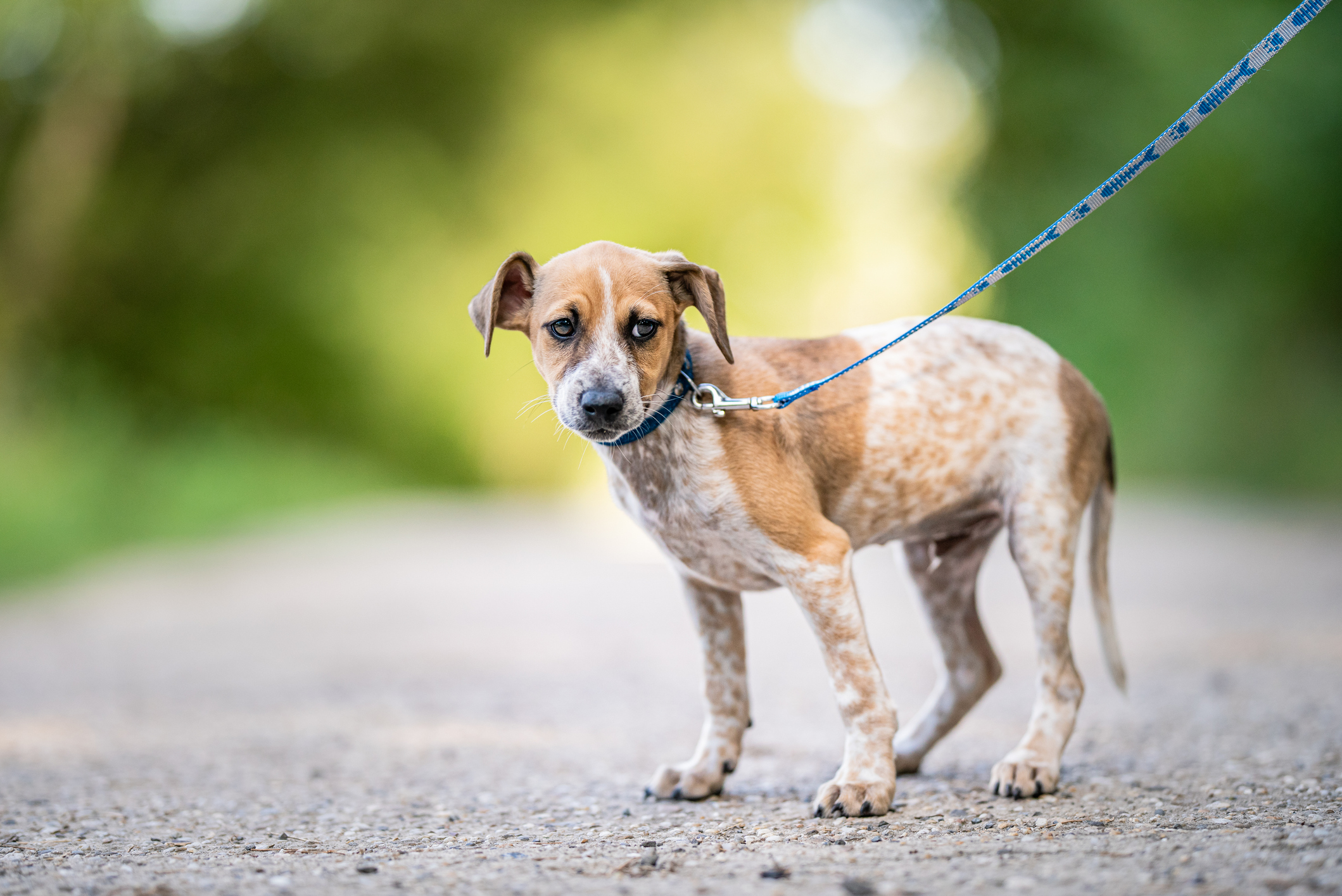 What to do when your dog gets attacked by another dog out on a walk
What to do when your dog gets attacked by another dog out on a walkBen Randall deals with a reader's difficult situation as an ordinary walk took a turn for the worse.
By Ben Randall
-
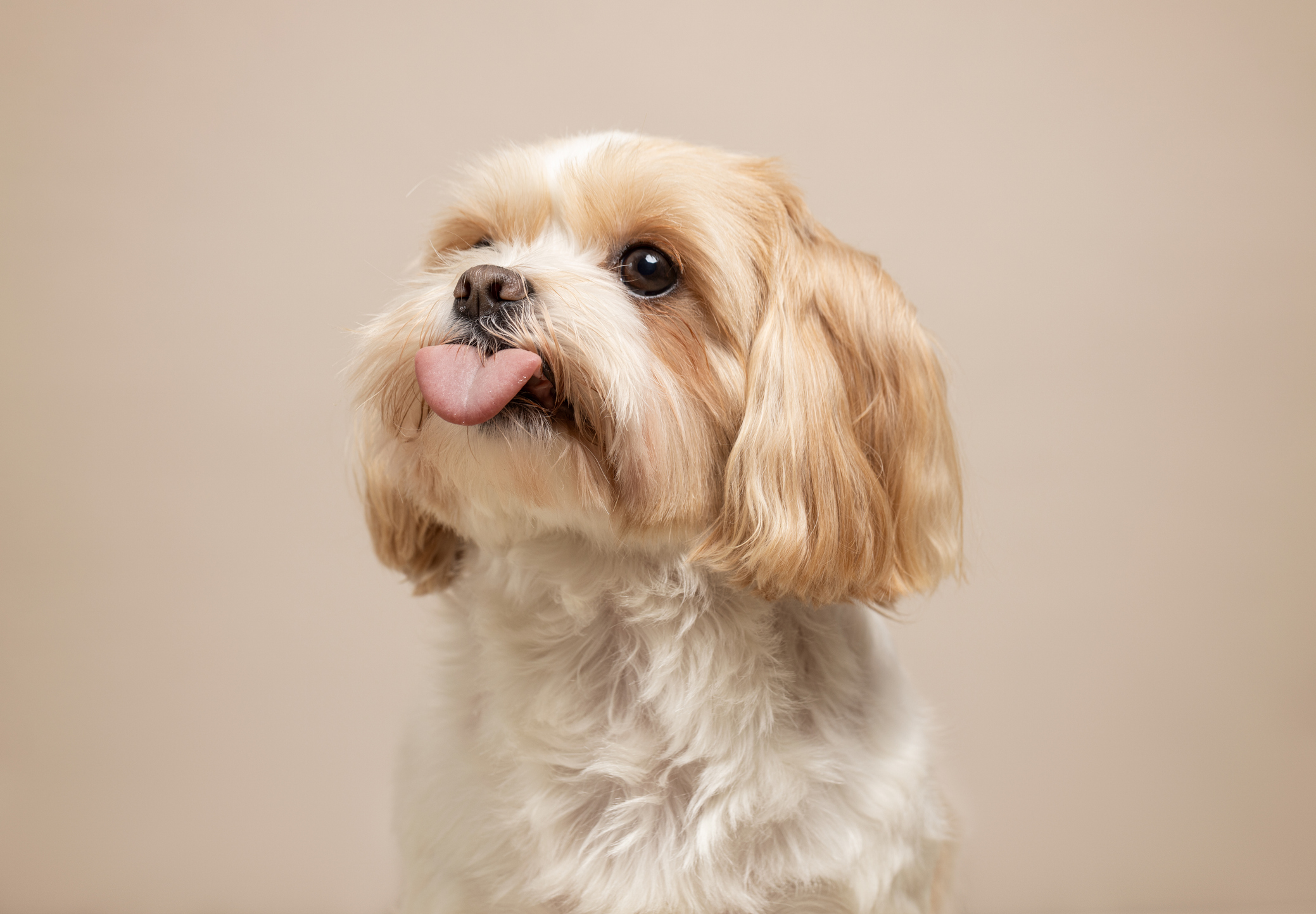 How to deal with an older dog starting to show some bad behaviour after many happy years
How to deal with an older dog starting to show some bad behaviour after many happy yearsA-list dog trainer Ben Randall helps a reader whose ageing dog has started changing its behaviour — and not for the better.
By Ben Randall
-
 Ben Randall: Ask Country Life's canine agony uncle a question about your dog
Ben Randall: Ask Country Life's canine agony uncle a question about your dogOver the past two years our award-winning dog trainer Ben Randall has been sharing his advice with Country Life readers.
By Country Life
-
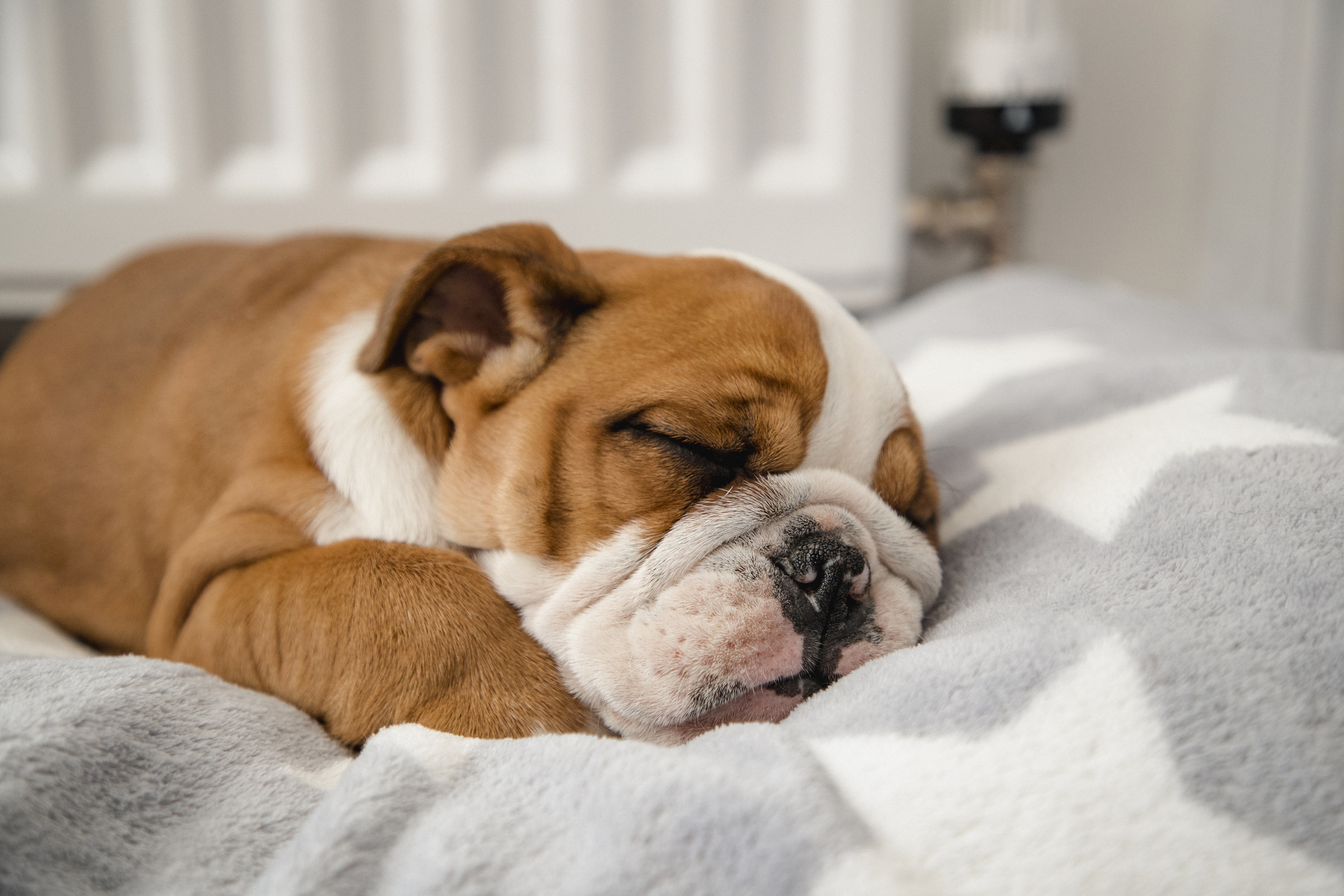 How to look after a dog who's gone deaf, by A-list trainer Ben Randall
How to look after a dog who's gone deaf, by A-list trainer Ben RandallBen Randall handles a query from a reader whose dog has lost her hearing.
By Ben Randall
-
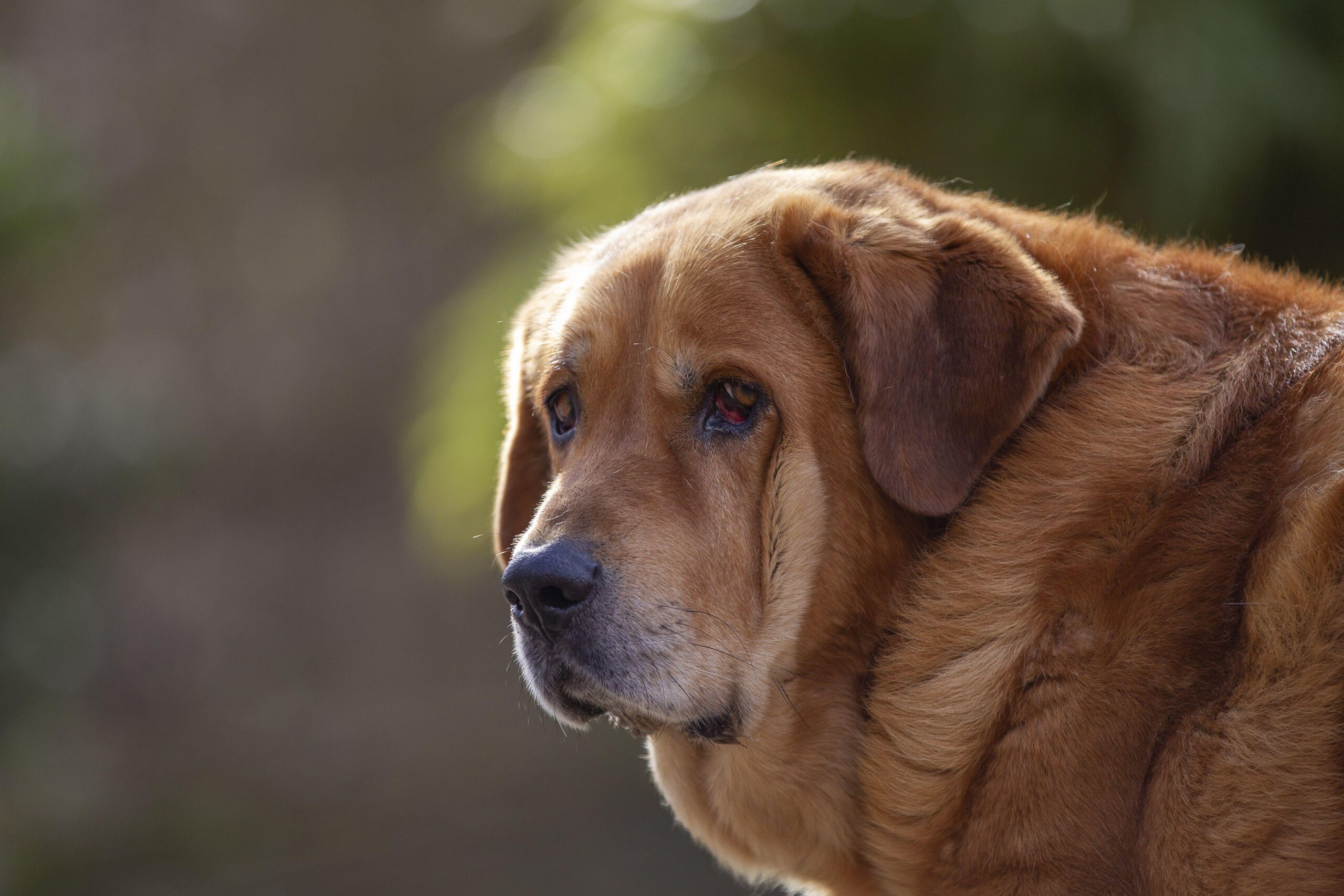 How to deal with a dog that's stronger than you are — especially when it runs off when it gets excited
How to deal with a dog that's stronger than you are — especially when it runs off when it gets excitedBen Randall tackles an issue for an owner of a dog that's almost as big as she is.
By Ben Randall
-
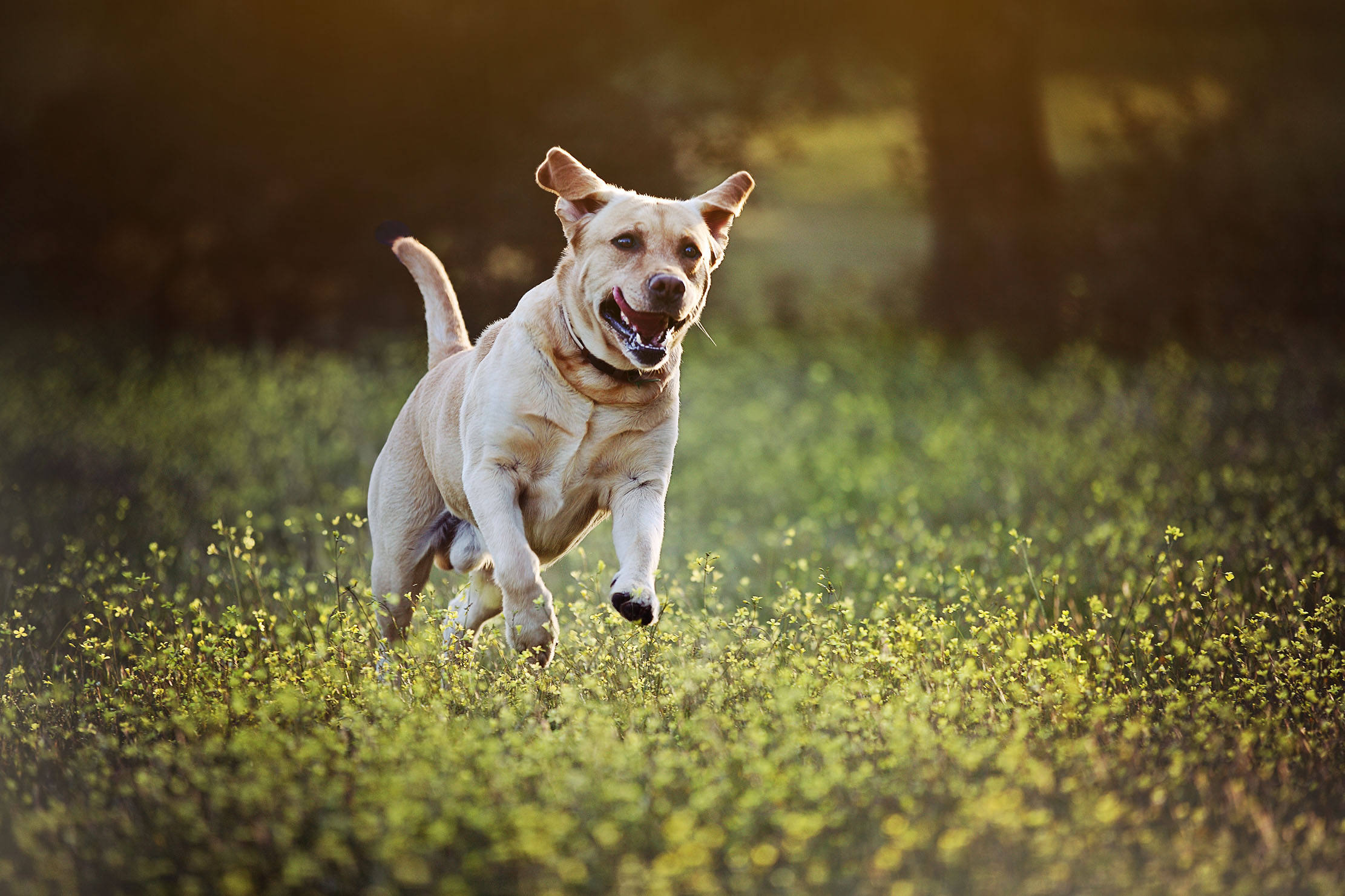 'My dog goes crazy when he sees someone with a ball launcher. How do I make him stop?': Expert trainer Ben Randall explains what to do
'My dog goes crazy when he sees someone with a ball launcher. How do I make him stop?': Expert trainer Ben Randall explains what to doTaking on a dog with ingrained bad habits can be a headache. Ben Randall explains how to retrain them to keep calm.
By Ben Randall
-
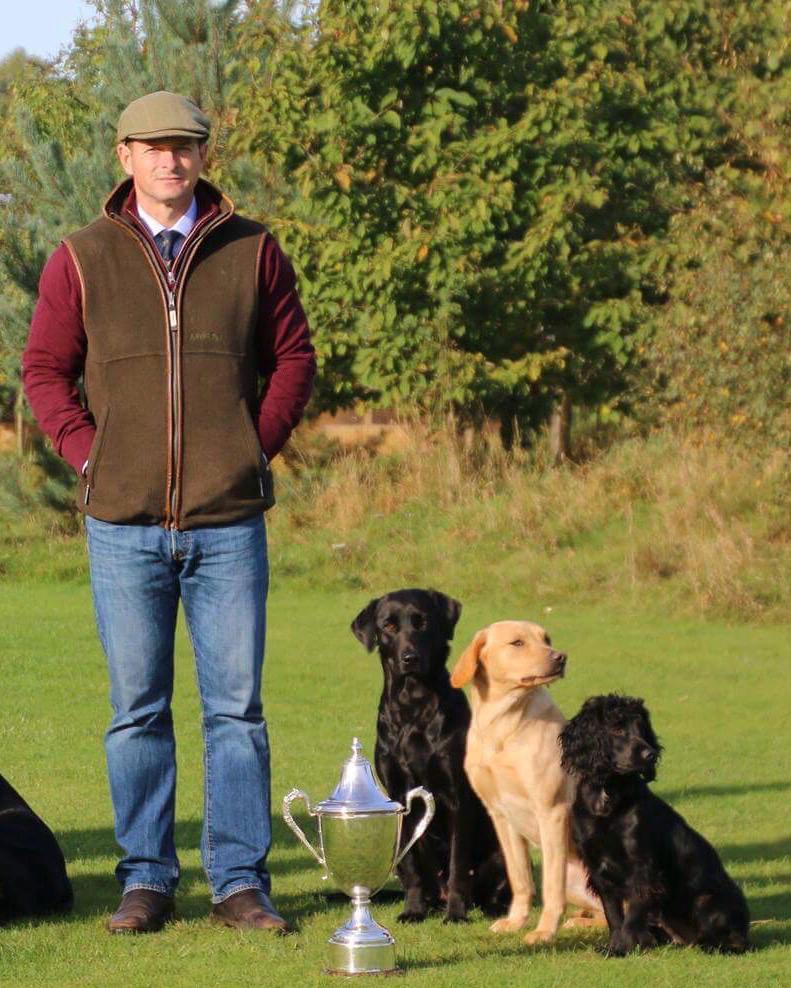 Ben Randall: Q&A with the award-winning dog trainer
Ben Randall: Q&A with the award-winning dog trainerWe speak to Country Life's canine agony uncle Ben Randall.
By Ben Randall
-
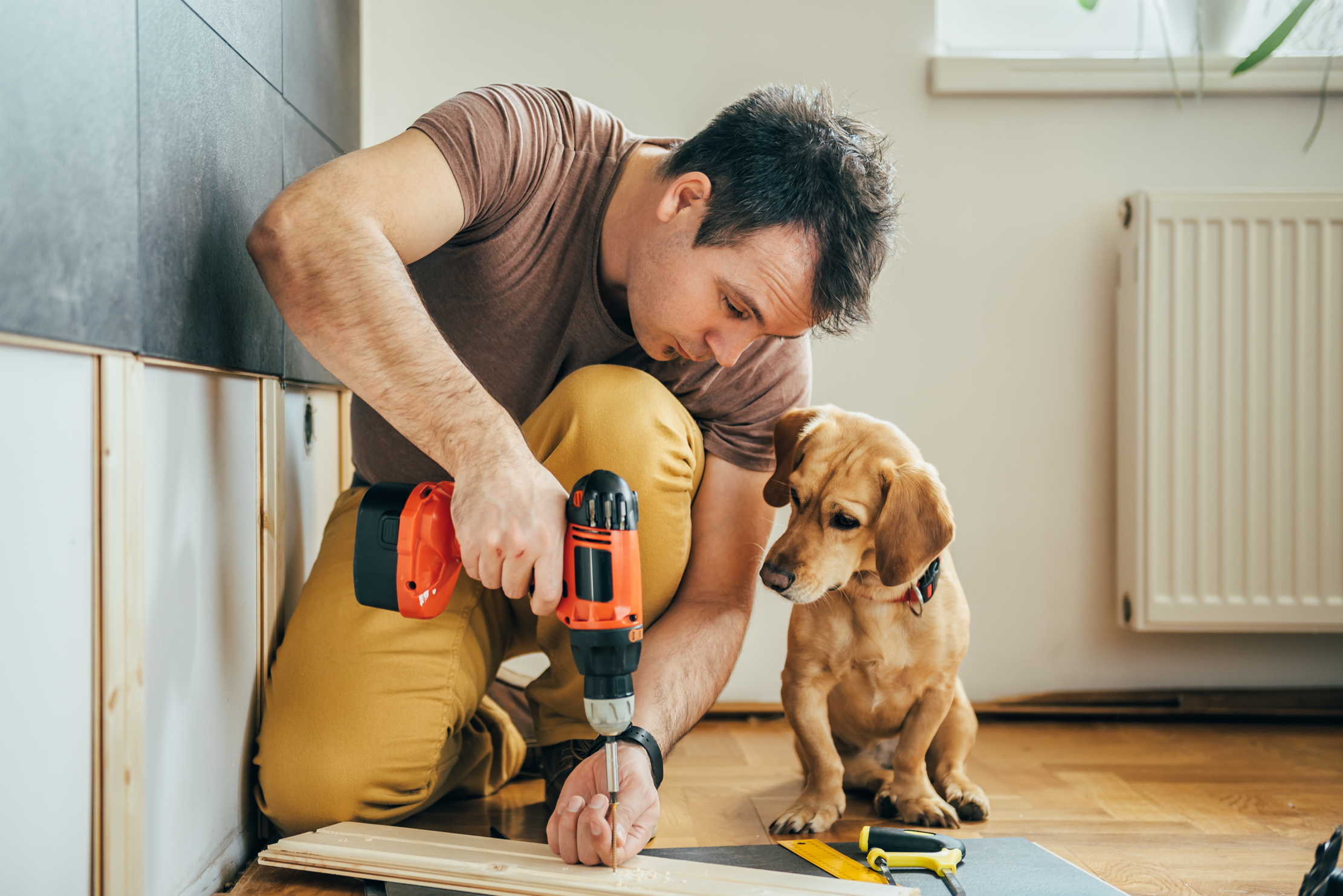 How to stop your dog from being protective and barking at builders
How to stop your dog from being protective and barking at buildersBarking can be annoying and unsettling for visitors. Ben Randall looks at how to get a little peace and quiet.
By Ben Randall